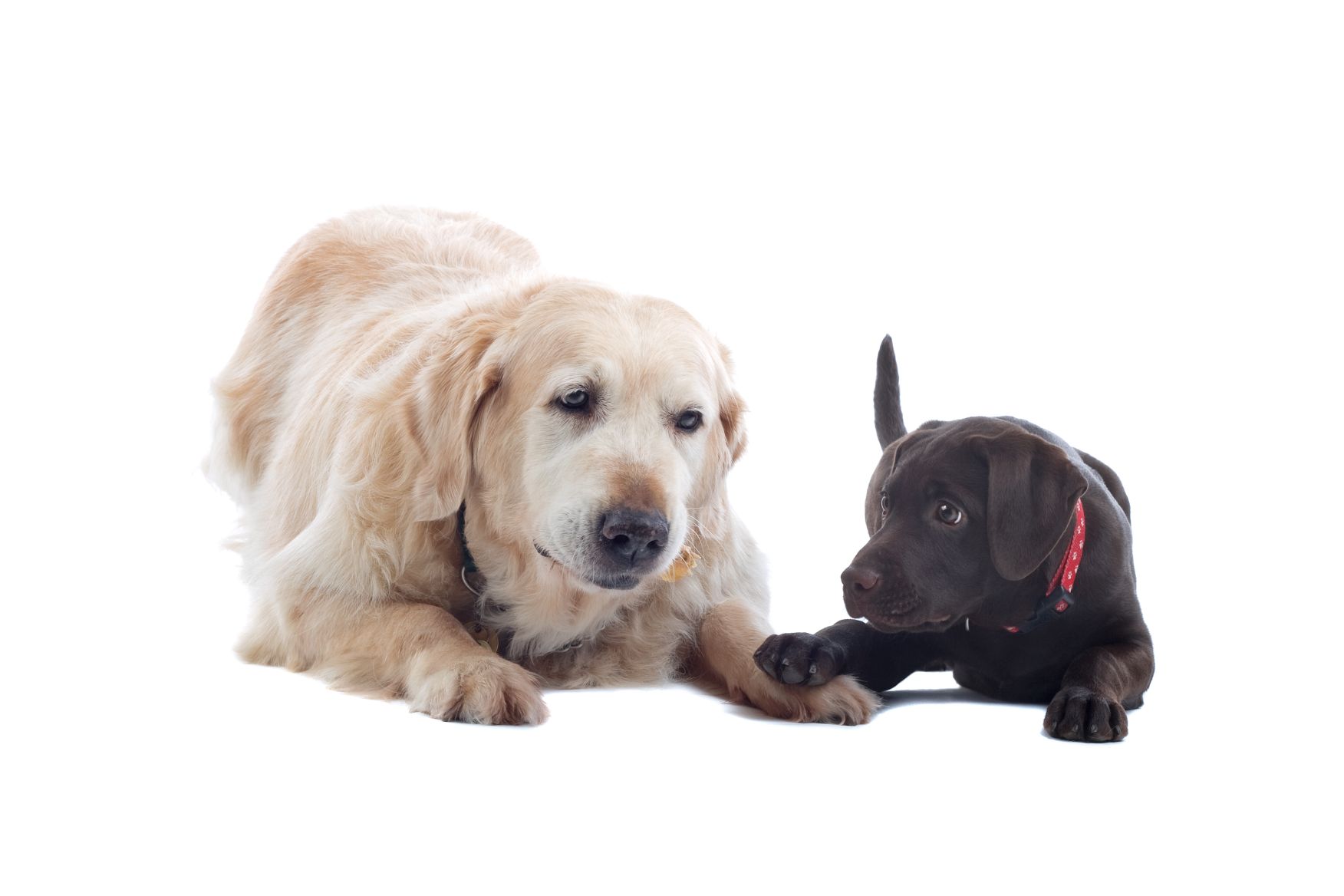Should I Get Another Dog for My Senior Dog?
Sometimes a one-dog household just doesn’t feel like enough. If your senior dog seems a little bored or lonely, you might be considering adding another dog to your brood. Is it smart to get another dog (or even a puppy) when you already have a senior dog? Before you commit to another canine life in your house, be sure to really consider if this is the right move for your family. If you decide that adding another dog is the right option, the veterinary team at Sunrise Boulevard Animal Hospital compiled the following considerations.
It’s Nice to Meet You
If possible, make sure your new puppy is seen for a wellness visit by a veterinarian before bringing them home.
Puppies should receive their core vaccines including:
- Distemper
- Hepatitis
- Leptospirosis
- Parvo
- Parainfluenza
Your older dog should also receive a check up to see if they have any concerning underlying issues that might make them uncomfortable if a more energetic dog joins the family. This could include arthritis, vision or hearing loss, or other mobility issues. When you and your new pup are ready, make the introduction to your resident dog slowly. There are several ways to introduce a new puppy to your older dog. You may want to consider introducing the dogs outside of your home, in a neutral and calm space. This method will prevent your resident dog from feeling territorial. For the first few weeks, make sure to supervise your dogs as they become acquainted with each other. Some dog pairs may hit it off immediately, while others may take some time before becoming friends.
What’s Mine Isn’t Yours
Make sure your new puppy has their own set of toys. Your older dog may guard or fight your new puppy for cherished toys, and you want to avoid any territorial spats if possible. It is important to feed your puppy and older dog away from each other, especially if your older dog isn’t used to another pet being present during mealtime. Separate beds, spaces, and water bowls are also important items to consider.
Training
Make sure to spend adequate time training your puppy. Start will the core commands, such as sit, stay, down and wait. These commands will help when you need to manage your multiple dogs and keep things in order. Additionally, you should work with your puppy on walking (heeling), so that they’re not pulling or running while on leash. This will make things much easier for you and may eventually allow you to walk both dogs at the same time. Training helps to give your puppy structure and to respect boundaries of your home and your older dog. Training will also help to keep you sane, as caring for a puppy can be a large effort. If your older dog is well trained, they can also help with puppy training through modeling behaviors.
It is important that you don’t try to force a relationship between your new and older dogs. Try to manage their interactions, if necessary, and give it time and enjoy the journey. If you are struggling or need advice, or just need to bring one of your pups in for a visit, please contact us or schedule an appointment online.

